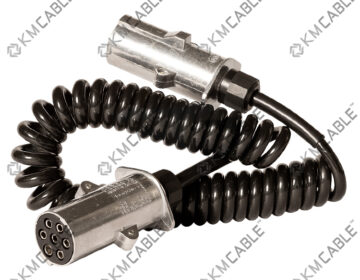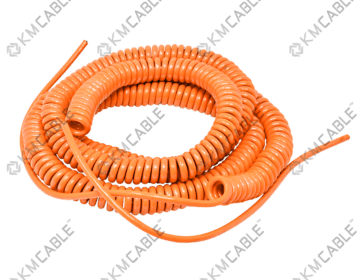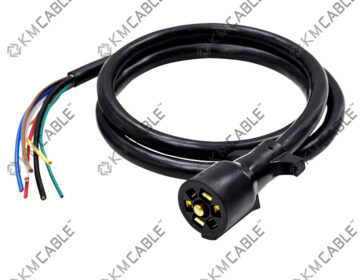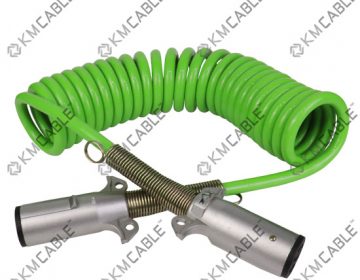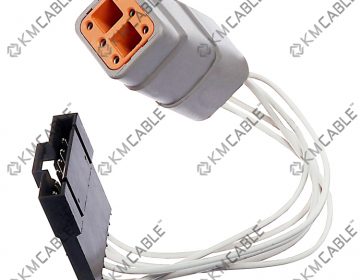
In today’s interconnected world, cables play a crucial role in powering and connecting various devices and systems. Whether it’s in industrial machinery, consumer electronics, or automotive applications, well-assembled cables are the lifeline that ensures seamless communication and power transmission. In this blog, we’ll delve into the importance of well-assembled cables, explore the cable assembly process, and shed light on quality standards that ensure reliable performance.
The Importance of Well-Assembled Cables:
Well-assembled cables are the backbone of modern technology, enabling the transfer of data, power, and signals with precision and efficiency. In industries such as manufacturing, healthcare, telecommunications, and aerospace, the reliability of cable assemblies directly impacts the performance and safety of equipment and systems. For instance, in medical devices, a flaw in cable assembly could compromise patient monitoring or treatment delivery, highlighting the critical role these components play in saving lives. Similarly, in automotive applications, robust cable assemblies ensure smooth operation of vital systems like engine control, braking, and navigation.
Insights into the Cable Assembly Process:
The cable assembly process involves meticulous planning, design, fabrication, and testing to ensure optimal performance and durability. It begins with selecting the right components, including cables, connectors, and insulation materials, based on the application’s requirements for voltage, current, temperature, and environmental conditions. Next, skilled technicians use precision tools and techniques to strip, crimp, solder, and terminate wires, ensuring proper electrical conductivity and mechanical strength. Quality control measures such as visual inspection, continuity testing, and environmental testing are conducted at various stages of the assembly process to identify and rectify any defects or deviations from standards. Finally, the assembled cables undergo rigorous testing to validate performance and reliability under real-world conditions.
Quality Standards in Cable Assembly:
Adherence to quality standards is paramount in cable assembly to ensure consistent performance and compliance with regulatory requirements. Industry standards such as IPC/WHMA-A-620 for cable and wire harness assemblies outline best practices for design, assembly, and inspection to achieve high-quality, reliable products. These standards cover aspects such as conductor sizing, insulation resistance, soldering criteria, and mechanical strength, providing a framework for manufacturers to follow and customers to rely on. Additionally, certifications such as ISO 9001 and ISO 13485 demonstrate a manufacturer’s commitment to quality management systems and continuous improvement, further enhancing confidence in the reliability of their cable assemblies.
Benefits of Well-Assembled Cables:
Investing in well-assembled cables offers numerous benefits across various applications:
– Reliability: Well-assembled cables minimize the risk of downtime and equipment failure, ensuring uninterrupted operation.
– Durability: High-quality materials and craftsmanship result in cables that withstand harsh environments, temperature fluctuations, and mechanical stress.
– Performance: Properly assembled cables maintain signal integrity, electrical conductivity, and power efficiency, optimizing system performance.
– Safety: Robust cable assemblies comply with safety standards and regulations, reducing the risk of electrical hazards and ensuring user safety.
– Cost-effectiveness: While upfront costs may be higher, well-assembled cables offer long-term reliability and reduced maintenance expenses, resulting in overall cost savings.
In conclusion, cable assembly is a critical aspect of modern technology, with well-assembled cables serving as the lifeline of various applications. By following best practices and adhering to quality standards, manufacturers can ensure that their cable assemblies meet the highest standards of reliability, performance, and safety, ultimately delivering value to customers and end-users alike.

